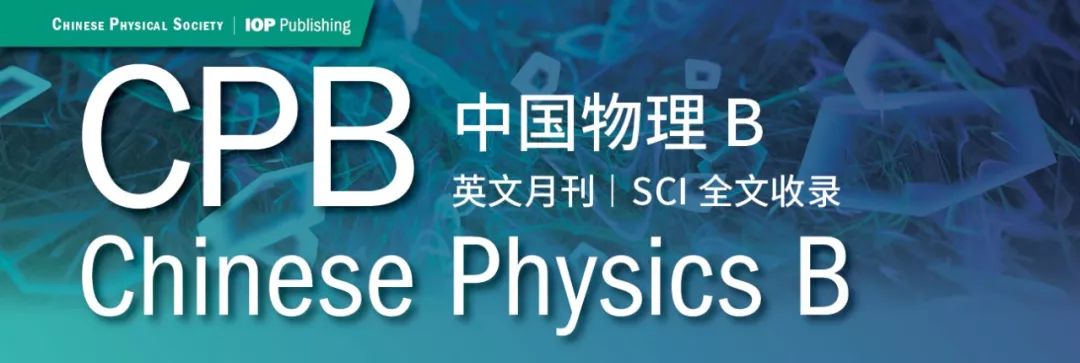博文
[转载]亮点文章 | 一种用于复杂颗粒流场测量的新型粒子跟踪测速法
||
亮点文章
一种用于复杂颗粒流场测量的新型粒子跟踪测速法
第一作者 | 王必得
通讯作者 | 杨晖
研究亮点
本文将计算机视觉中的光流法(optical flow)与粒子跟踪测速法(PTV)相结合,提出了一种适用于具有高堆积密度和高速度差异的漏斗颗粒流速度场的测量方法,最终的测量结果证明了该方法的准确性。
研究背景
过去数十年中,流体速度测量方法的进展大多是针对层流的研究,针对湍流的测量方法发展相对缓慢。根据已有的报道:PTV是一种典型的、用于湍流的测量方法。但是,在使用PTV测量典型的湍流场景—漏斗颗粒流时,我们发现漏斗outlet和bulk区域的测量结果会出现较大误差,这是由于高达10%左右的颗粒误匹配率所导致的。不同于漏斗中颗粒流动较为缓慢的boundary区域,outlet和bulk区域的颗粒短时间内会产生巨大的位移,因此PTV方法已经无法准确匹配两帧图像里的上述区域内颗粒的轨迹,从而引起了较大的匹配误差。
研究方法及结果
针对上述问题,本文提出使用optical flow对PTV方法进行改进,通过光流轨迹的追踪实现了更长尺度上的颗粒匹配。具体措施包括位移校正(displacement correction)和轨迹拼接(trajectory splicing): 位移校正通过将算法中对于颗粒角点的匹配转换为针对颗粒质心的匹配提高了测量的可信度; 轨迹拼接是基于PTV在测量小尺度位移时具有较高的精度这一前提,采用多帧图像进行颗粒匹配,最终使得针对大尺度位移测量结果同样具有较高的精度,这一点是optical flow的核心之处。针对漏斗颗粒流速度场的测量结果表明,基于光流匹配的粒子跟踪测速法在测量复杂颗粒流速度场时,结果更为准确,整体误匹配率低于1%。
研究意义或前景
本文将近年来非常热门的计算机视觉引入到颗粒流运动特性的测量研究中,为之后的学者提供了一种新型的研究思路。此外,本文所改进的用于湍流速度测量的PTV方法,则为后续湍流颗粒流速度场研究提供了更为精确的测量手段。
文章来源
Chin. Phys. B, 2020, 29 (1): 014207
A novel particle tracking velocimetry method for complex granular flow field
Bi-De Wang(王必得)1, Jian Song(宋健)1, Ran Li(李然)2, Ren Han(韩韧)1, Gang Zheng(郑刚)2, Hui Yang(杨晖)1
1 School of Optical-Electrical and Computer Engineering, University of Shanghai for Science and Technology, Shanghai 200093, China;
2 School of Medical Instrument and Food Engineering, University of Shanghai for Science and Technology, Shanghai 200093, China
Keywords: particle tracking velocimetry, optical flow, displacement correction, trajectory splicing
Particle tracking velocimetry (PTV) is one of the most commonly applied granular flow velocity measurement methods. However, traditional PTV methods may have issues such as high mismatching rates and a narrow measurement range when measuring granular flows with large bulk density and high-speed contrast. In this study, a novel PTV method is introduced to solve these problems using an optical flow matching algorithm with two further processing steps. The first step involves displacement correction, which is used to solve the mismatching problem in the case of high stacking density. The other step is trajectory splicing, which is used to solve the problem of a measurement range reduction in the case of high-speed contrast The hopper flow experimental results demonstrate superior performance of this proposed method in controlling the number of mismatched particles and better measuring efficiency in comparison with the traditional PTV method.

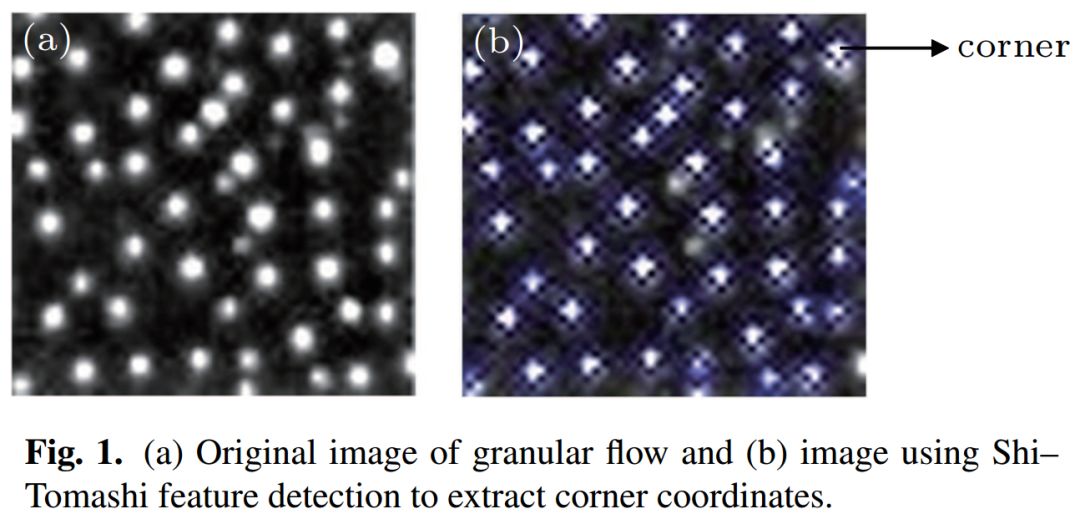
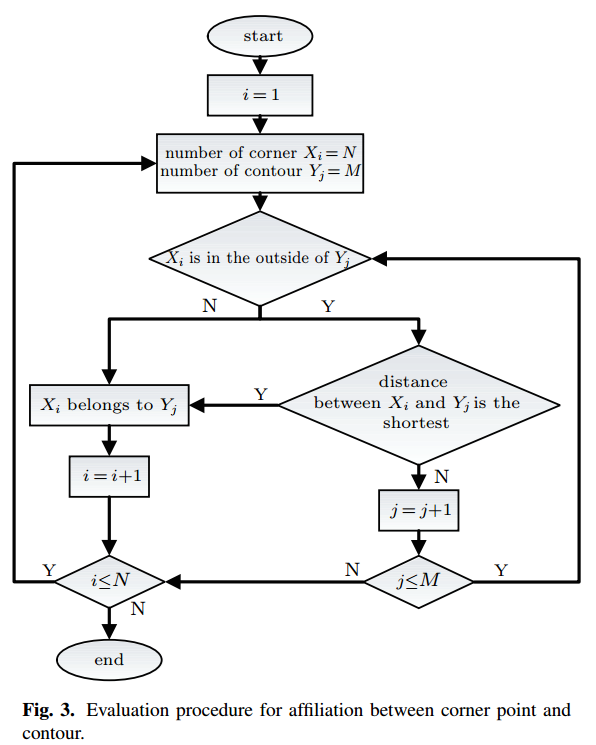
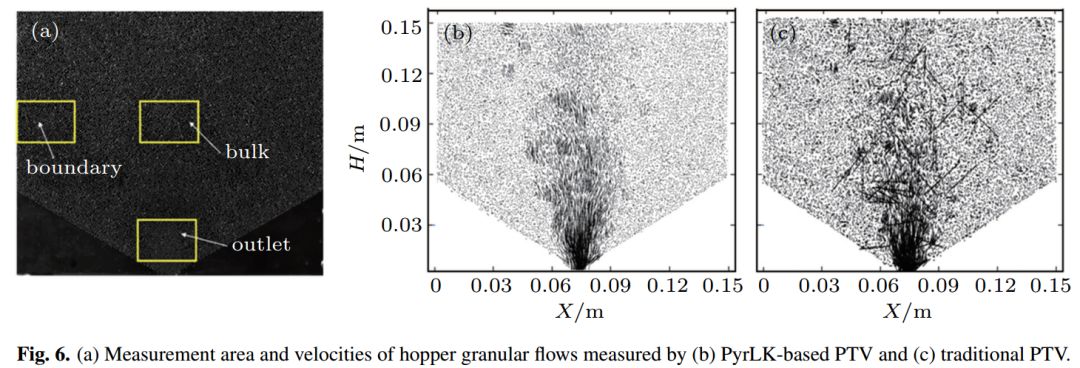

CPB专题推荐
SPECIAL TOPIC — A celebration of the 100th birthday of Kun Huang
TOPICAL REVIEW — A celebration of the 100th birthday of Kun Huang
SPECIAL TOPIC — Strong-field atomic and molecular physics
TOPICAL REVIEW — Strong-field atomic and molecular physics
TOPICAL REVIEW — Topological semimetals
TOPICAL REVIEW — New generation solar cells
TOPICAL REVIEW — Recent advances in thermoelectric materials and devices
SPECIAL TOPIC — Amorphous physics and materials
TOPICAL REVIEW — Soft matter and biological physics
SPECIAL TOPIC — Nanophotonics
SPECIAL TOPIC — Photodetector: Materials, physics, and applications
SPECIAL TOPIC — Topological semimetals
TOPICAL REVIEW — Photodetector: Materials, physics, and applications
TOPICAL REVIEW — Nanolasers
TOPICAL REVIEW — Physics research in materials genome
TOPICAL REVIEW — Fundamental research under high magnetic fields
SPECIAL TOPIC — 80th Anniversary of Northwestern Polytechnical University (NPU)
TOPICAL REVIEW — Spin manipulation in solids
TOPICAL REVIEW — Nanophotonics
TOPICAL REVIEW — SECUF: Breakthroughs and opportunities for the research of physical science
TOPICAL REVIEW — Electron microscopy methods for emergent materials and life sciences
SPECIAL TOPIC — Recent advances in thermoelectric materials and devices
TOPICAL REVIEW — Thermal and thermoelectric properties of nano materials
TOPICAL REVIEW — Solid-state quantum information processing
SPECIAL TOPIC — New generation solar cells
SPECIAL TOPIC — Soft matter and biological physics
Virtual Special Topic — High temperature superconductivity
Virtual Special Topic — Magnetism
TOPICAL REVIEW — ZnO-related materials and devices
TOPICAL REVIEW — Topological electronic states
TOPICAL REVIEW — 2D materials: physics and device applications
TOPICAL REVIEW — Amorphous physics and materials
TOPICAL REVIEW — High pressure physics
TOPICAL REVIEW — Low-dimensional complex oxide structures
TOPICAL REVIEW — Fundamental physics research in lithium batteries
TOPICAL REVIEW — Interface-induced high temperature superconductivity
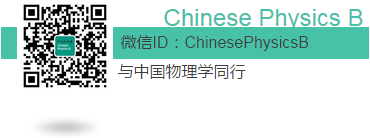
https://blog.sciencenet.cn/blog-3377544-1233746.html
上一篇:[转载]亮点文章 | 蛋白质折叠路径选择中的量子智慧
下一篇:[转载]亮点文章 | 基于MP2+ΔCCSD(T)方法检验DFT范德华力方法PBE+D3和SCAN+rVV10的准确性
